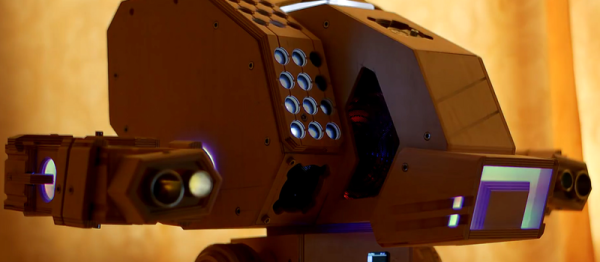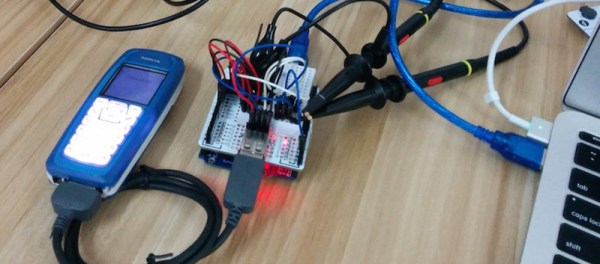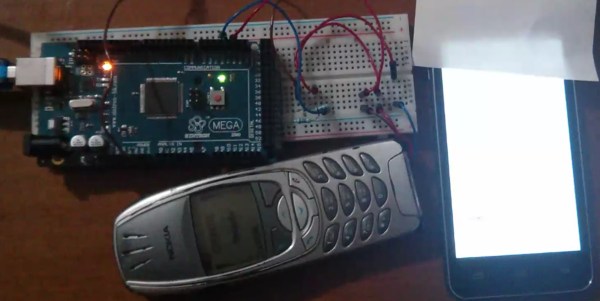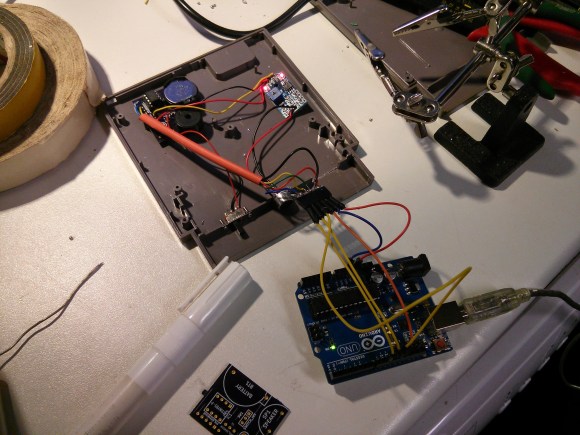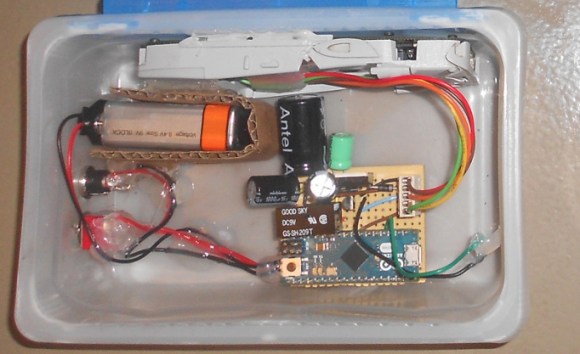The Nokia 3210 is the greatest cell phone ever made. The battery lasted for days, custom color covers were available at every mall kiosk, it had the Snake game, and the chassis for this phone was finely crafted out of the crust of neutron stars. It was indestructible; it is the reason we now appreciate technology over more impermanent concepts like relationships and love.
For his Hackaday Prize entry, [Bastian] is bringing the Nokia 3210 into this century. He’s designing a circuit board with the same footprint, the same button layout, and a better screen that drops right into the lovely plastic enclosure of the 3210.

The current BOM for the upgraded 3210 includes an STM32 F7 microcontroller, which is more or less the current top of the line ARM micro you can get. For wireless, [Bastian] is using an A7 GSM/GPRS module and an ESP8266 for a little bit of WiFi. For a dumbphone, this is ludicrously overpowered. Provided [Bastian] gets a prototype up and running, there will be some interesting applications for a device this powerful in a package this indestructible.
One of the things [Bastian] has been butting his head against with this project is KiCad. Microvias don’t work like they should in KiCad — they’re restricted to the outer layers only. This is a problem for routing a complex board like this, so [Bastian] wrote a patch that gives KiCad an ‘I know what I’m doing mode’ for microvias everywhere.
This is truly the spirit of The Hackaday Prize: not only is [Bastian] building something ridiculous, he’s also creating the tools to do it.







